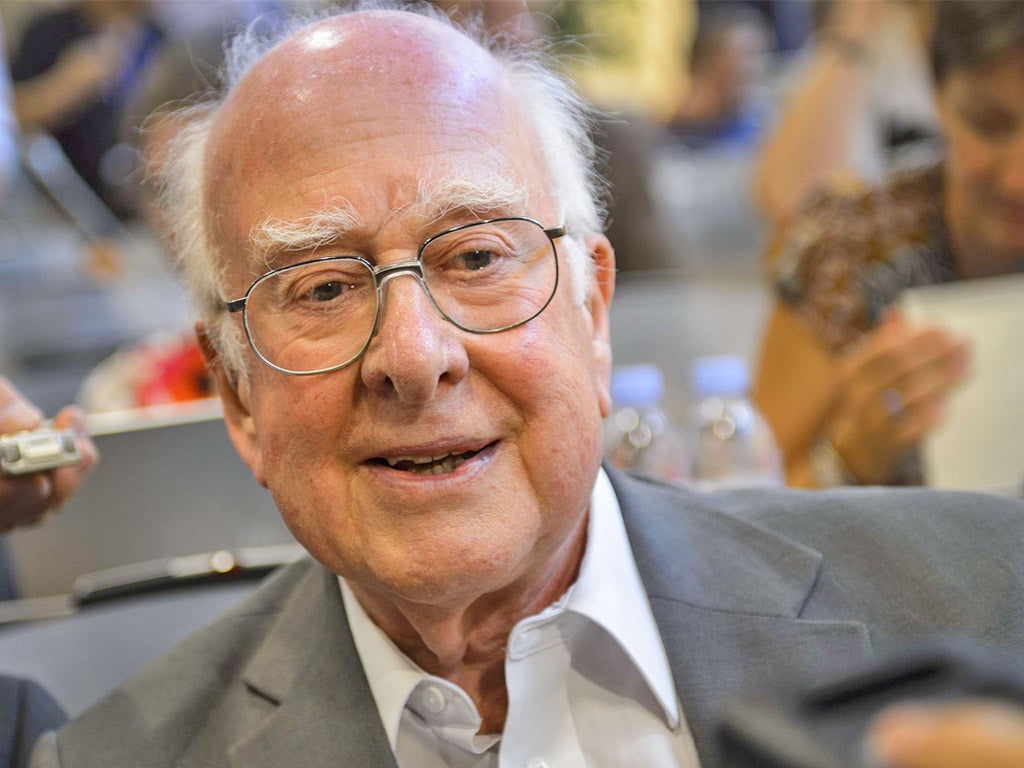

Allegedly, the idea of the Higgs mechanism sprung upon the physicist while he was walking in the wilderness of the Cairngorm Mountains in the Scottish Highlands something that does not come as a surprise considering the many earlier physicists who had their own ‘eureka’ moments amongst nature – Elie Metchnikoff discovered phagocytosis on an Italian seaside, for example. He later revised the paper following its initial rejection to include his prediction of a boson. It was during this time that he began to work on a quantum field theory. His two papers completed in 1964 described the Higgs mechanism in which a field gave particles mass. By 1991, he was a Fellow of the Institute of Physics and became a Professor Emeritus in 1996. Higgs first moved to the University of Edinburgh as a Royal Commission for the Exhibition of 1851 Senior Student and as a Senior Research Fellow the following year, returning in 1960 where he took a lectureship in Mathematical Physics at the Tait Institute. Straight after the big bang, the Higgs field was zero, but grew as the universe began to cool so that any particle that interacted with it acquired mass, whereas particles such as the photon did not and therefore have no mass. Robert Brout, Francois Englert, and Peter Higgs resolved this problem by introducing the notion of a Higgs field, the Brout-Englert-Higgs mechanism, which gave mass to the W and Z bosons upon its interaction with them and had, like all other fundamental fields, a corresponding particle: the Higgs boson. The issue with the SM was that it could not explain why fundamental particles have a mass. For example, the ‘gluon’ carries the strong force, and the ‘photon’ carries electromagnetic force. The building blocks of matter are made up of elementary particles, quarks, and leptons, while the fundamental forces of the universe are mediated by their corresponding force-carrier particles, belonging to the broader group of bosons. The context of the Higgs hypothesis stems from the Standard Model (SM) of Particle Physics, a theory that describes the structure of the universe, explaining how forces and their carrier particles act on matter particles.

While the plaque summarises Higgs’ achievements, we will now explore, in further detail, his contributions to physics that earned him the Nobel Prize in Physics in 2013. All these physics-related landmarks are now listed on the Curious Edinburgh website. Situated outside the flat where he predicted the existence of the Higgs boson in 1964, the plaque serves as the most recent addition to the ‘history of physics trail’ in Edinburgh, alongside the childhood home of Maxwell and the site of the Luckenbooths. Professor Kenway called attention to the fact that the celebration of Peter Higgs, and the development of ‘such a seminal theory in physics’, took place ‘in the building where he first wrote it more than 50 years ago.’ The blue plaque is located at Roxburgh Street, sponsored by the Institute of Physics and Edinburgh City Council. In 2015, The Peter Higgs plaque was unveiled in Edinburgh to mark the achievements of the eminent physicist who was responsible for the discovery of the Higgs boson, an event hosted by the University of Edinburgh’s Vice Principal, Professor Richard Kenway.


 0 kommentar(er)
0 kommentar(er)
